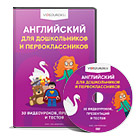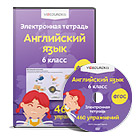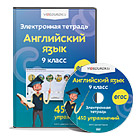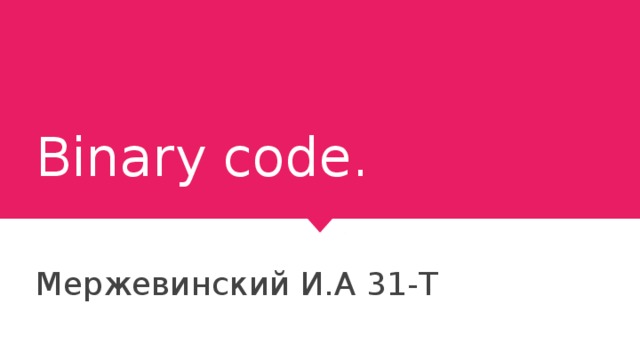
Binary code.
Мержевинский И.А 31-Т
 "0" and quantitative values of the numbers "0"and " 1". " width="640"
"0" and quantitative values of the numbers "0"and " 1". " width="640"
Binary code
Binary code is a way of presenting data in the form of code where each digit takes one of two possible values, usually denoted by digits 0 and 1. The discharge in this case is called a binary digit. In the case of denoting the numbers "0" and "1", the possible States of binary discharge are endowed with a qualitative ratio of "1" "0" and quantitative values of the numbers "0"and " 1".

The binary system is used in digital devices because it is the most simple and meets the requirements: The fewer values there are in the system, the easier it is to produce the individual elements that operate on those values. In particular, the two digits of the binary number system can be easily represented by many physical phenomena: there is a current-no current, magnetic field induction greater than the threshold value or not, etc. The fewer States an item has, the greater the noise immunity and the faster it can operate. For example, to encode three States through a magnetic field induction value, you would need to enter two threshold values, which would not contribute to noise immunity or storage reliability. Binary arithmetic is quite simple. Simple tables are addition and multiplication-the basic actions on the numbers. It is possible to use the apparatus of logic algebra to perform bitwise operations on numbers.

The multiplication table of the binary numbers 0 • 0 = 0 0 • 1 = 0 1 • 0 = 0 1 • 1 = 1
Number conversion To convert from binary system to decimal use the following table of powers of base 2: 512 256 128 64 32 16 8 4 2 1 Starting with digit 1, all digits are multiplied by two. A point that is after 1 is called a binary point.
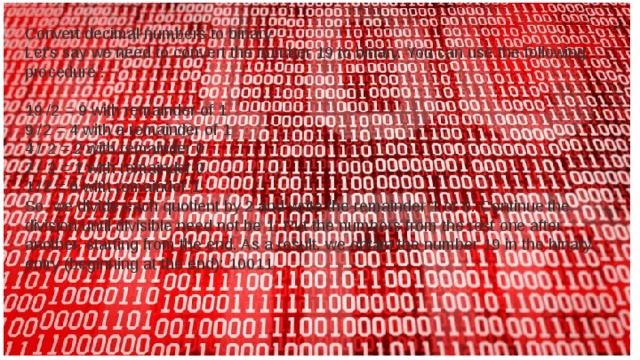
Convert decimal numbers to binary Let's say we need to convert the number 19 to binary. You can use the following procedure : 19 /2 = 9 with remainder of 1 9 /2 = 4 with a remainder of 1 4 / 2 = 2 with remainder 0 2 / 2 = 1 with remainder 0 1 /2 = 0 with remainder 1 So, we divide each quotient by 2 and write the remainder 1 or 0. Continue the division until divisible need not be 1. Put the numbers from the rest one after another, starting from the end. As a result, we obtain the number 19 in the binary entry (beginning at the end): 10011.
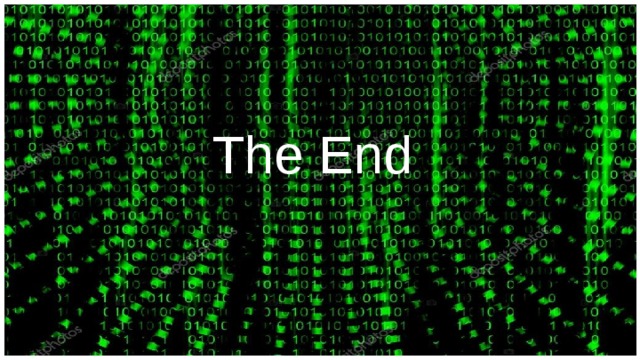
The End


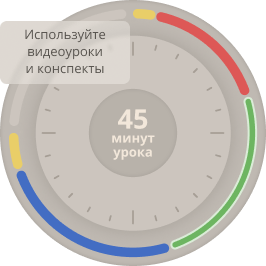





 "0" and quantitative values of the numbers "0"and " 1". " width="640"
"0" and quantitative values of the numbers "0"and " 1". " width="640"





